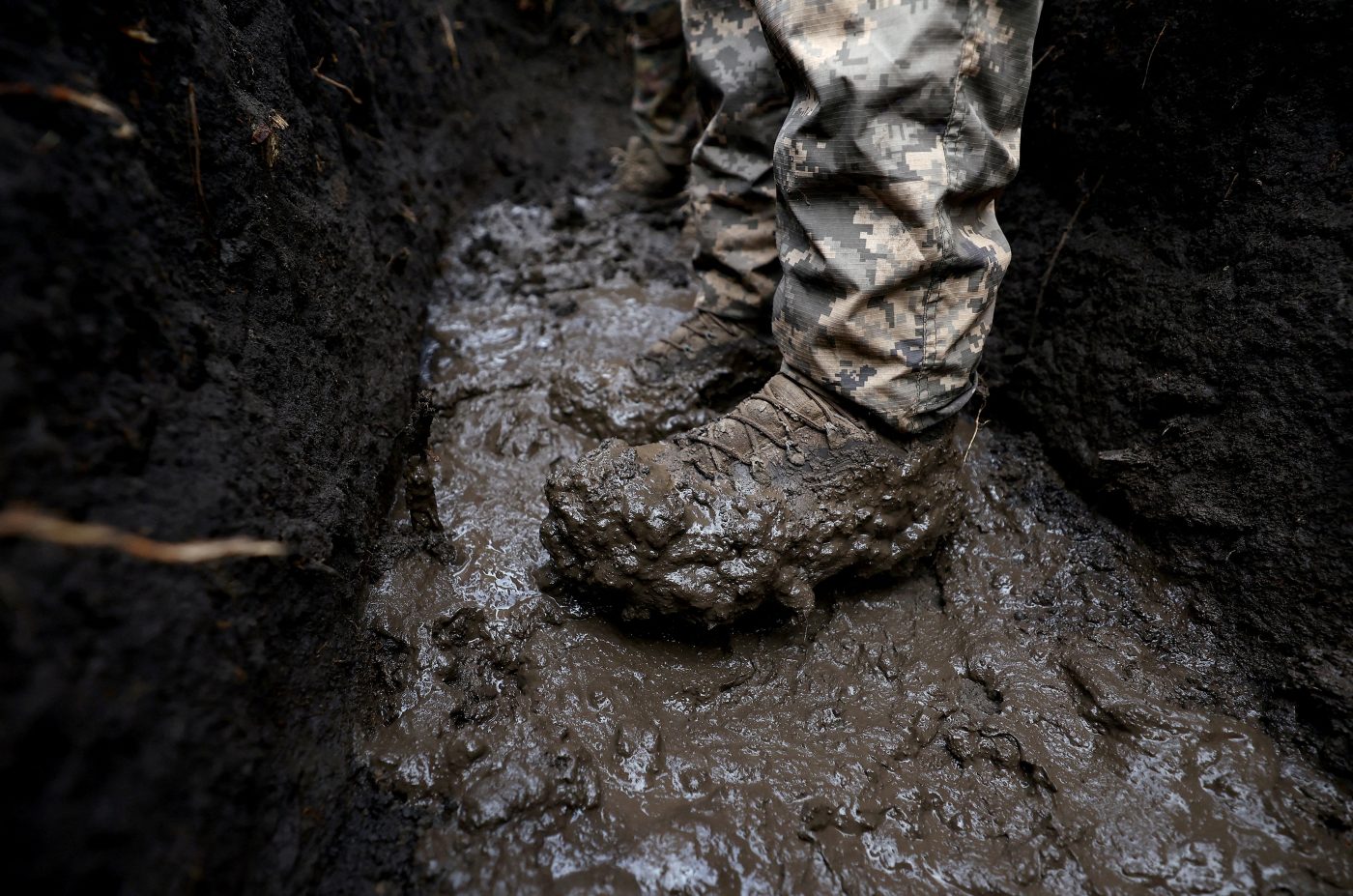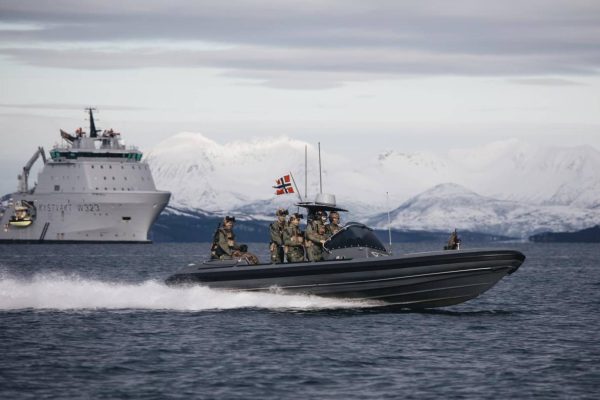The clock is always ticking when nations fight in Europe. Either the combatants are counting the days until the winter ends and the summer campaign season begins, or preparing for when the sunshine darkens into mud and snow.
The problem is that while the weather is fickle, it is also strictly impartial. It hobbled the Russian offensive in the winter of 2022, and it can just as easily hobble the current Ukrainian counteroffensive.
For now, summer skies and dry ground are facilitating the advance of Ukraine’s new Western-equipped mechanized brigades. But in four months or so, this will begin to change. The rasputitsa — the muddy season — will turn fields and unpaved roads into quagmires. Armored vehicles – like the 70-ton Abrams tanks the US will be sending to Ukraine — and the all-important supply trucks will be confined to paved roads where they can be blocked or ambushed.
Winter frost may make the fields passable for vehicles, but it will sap the mobility and stamina of attackers bereft of warm shelter. And then will come the spring mud, before summer begins the cycle again.
This raises some fundamental questions. First, how much time does Ukraine have to conduct its offensive before the bad weather starts? A strong El Nino weather pattern is predicted, which tends to create colder and drier weather in northern Europe. At the same time, global weather has become more severe, with intense droughts or floods. Weather forecasts are not ironclad, whether four months out or four weeks (though this author did ask the Ukrainian government’s Hydrometeorological Center for its autumn forecast. Not surprisingly, it declined to provide one.)
If recent history is any guide, Mother Nature this year will be neither gentle nor predictable. Which is not good news for Ukraine. No one wants to plan an offensive – or a family picnic – without some confidence in the temperature, precipitation, and ground conditions. And while a picnic can be rescheduled at the last minute, this is not true of a massive assault requiring the laborious assembly of troops, equipment, and supplies.
Not that life will be a picnic for Russian soldiers either, any more that it was in the winter of 1812 or 1941. But just as in those earlier conflicts, the Kremlin would be quite happy to see its enemies wear themselves out as they slog through the mud and snow.
All of which leads to the next question: what happens if Ukraine’s counteroffensive doesn’t succeed this summer, and it has to fight through a third winter? Despite assurances that Ukraine has yet to unleash its full strength, the counterattack seems to be making slow progress. Meanwhile, it’s already mid-July, and the cold Siberian winds are biding their time. Soon the problem won’t be minefields, but muddy fields.
It’s possible that Ukraine may get lucky and that Putin will be overthrown in a coup. But as Napoleon and Hitler could attest, counting on Russia to collapse — even when its armies are being defeated — is not a good idea. Without major successes on the battlefield or some internal Russian catastrophe, it seems likely that the conflict will remain a stalemate.
Time doesn’t favor Ukraine. Russian bombardment and blockade will bleed the Ukrainian economy. Pro-Ukrainian leaders in the West will eventually be replaced by others less sympathetic, while Western public opinion will inevitably focus on new crises, foreign and domestic.
This doesn’t mean that Ukraine has to win the war this summer, however, victory is defined. It does mean that Kyiv needs to achieve some tangible and visible successes. Isolating Crimea from Russia would be a good step, and even better would be liberating the peninsula. But recapturing a few villages that few people outside Ukraine have ever heard of? That won’t inspire confidence in Ukraine’s prospects.
It also means that come next summer, the Ukrainians would have to repeat their counteroffensive. Perhaps they will be better armed with powerful Western weapons such as F-16 combat aircraft. But they may also be contending with inevitable war-weariness at home and abroad. And the relentless tick of the weather clock.
Michael Peck is a defense writer. He can be found on Twitter and LinkedIn.
Europe’s Edge is CEPA’s online journal covering critical topics on the foreign policy docket across Europe and North America. All opinions are those of the author and do not necessarily represent the position or views of the institutions they represent or the Center for European Policy Analysis.





